A New Fundraising Frontier
It used to be that the delineation between nonprofits and other organizations was pretty clear-cut. However, as time has gone by, that clarity is becoming clouded. And when you add in governmental agencies, it’s like San Francisco in the worst fog you can imagine.
I spent my academic career writing about fundraising and in particular a great deal about the new frontier of fundraising efforts. Recently, statistics were released about fundraising in public primary and secondary education. If you look at the trends, you begin to see some fascinating information and direction.
The number of public elementary schools raising more than $10,000 a year for different needs has now almost arrived at 50%. There are more than 67,000 public elementary schools in the United States. With that stat, 33,000+ elementary schools are having to find $10,000 or more per year to add into their curriculum and co-curricular activities. And for those high performers, nearly 17,000 elementary schools are raising more than $20,000 per year. In both cases, this is almost double the numbers from his few as 10 years ago.
And in the anecdotal, we’re beginning to see major six-and-seven-figure gifts going to public school systems and districts.
Abington High School received a $25 million gift to build a STEM facility
An individual philanthropist gave more than $500,000 to a San Antonio school district to provide scholarships and a food pantry for students and families
The Bronxville Schools, in New York, receives more than $2 million per year in philanthropic support including their latest gift, the largest in the school district’s history, just short of a $500,000
There’s even now a national association for public school districts and their supportive foundation teams.
I have written about this extensively in the last decade. Predicting, actually, some of these exact numbers. I’m not sure that makes me smarter than anyone else but I just could see this area a little more clearly. This is going to have an effect on the equalization of education for those who can raise money versus those who can’t. It’s going to affect how superintendence will be hired and some of their responsibilities, which will look more like a private school headmaster or president. That means fundraising responsibilities. It will have an effect on bond issues and how schools and districts will use private-public partnerships to augment shortages even when bond issues pass.
I have had an overreaching simplistic question for a decade, and still have the same inquiry now… Are the school districts, the public employed leadership, and the volunteer elected school boards ready for this title wave of change?


